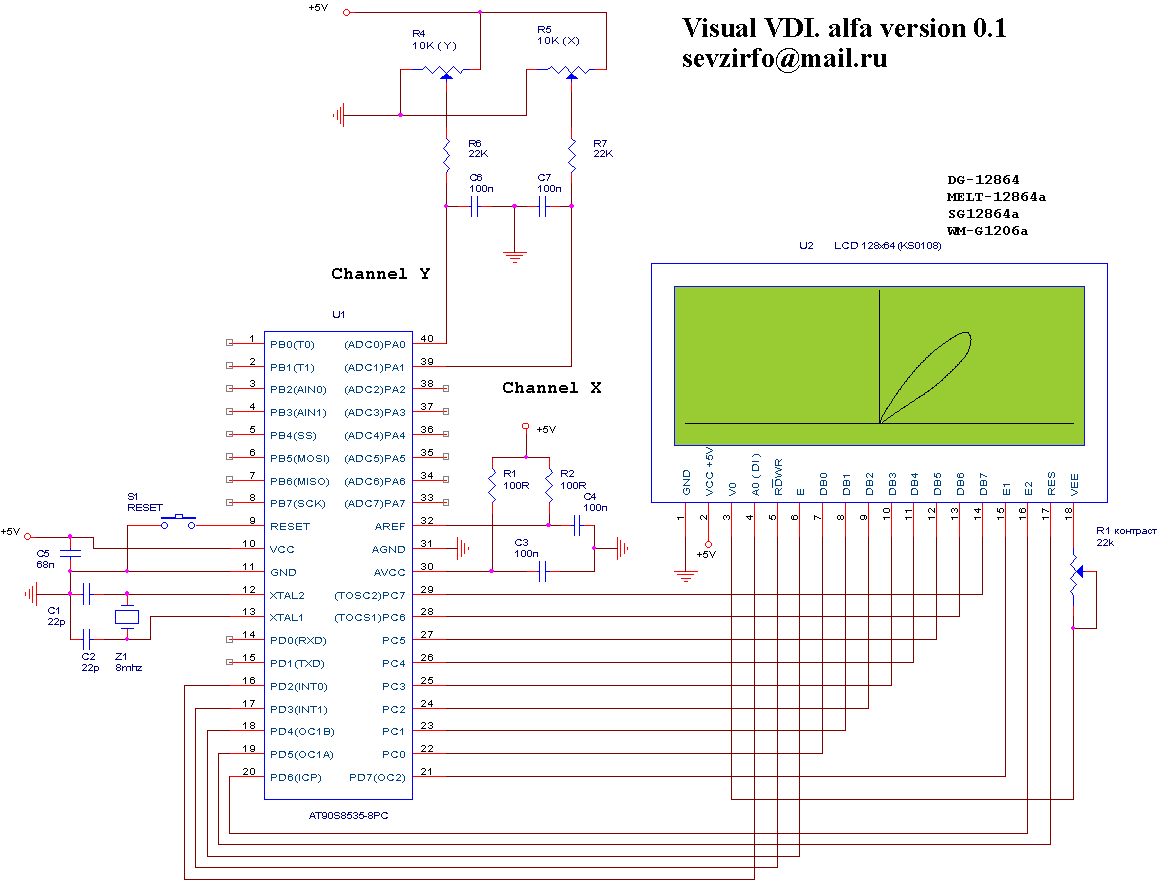My test version " Visual VDI " for all VLF of detectors of metal with two channels X and Y
Free HEX and ASM code - http://sevzirfo.narod.ru/visualvdiver01.rar

Free HEX and ASM code - http://sevzirfo.narod.ru/visualvdiver01.rar


Comment